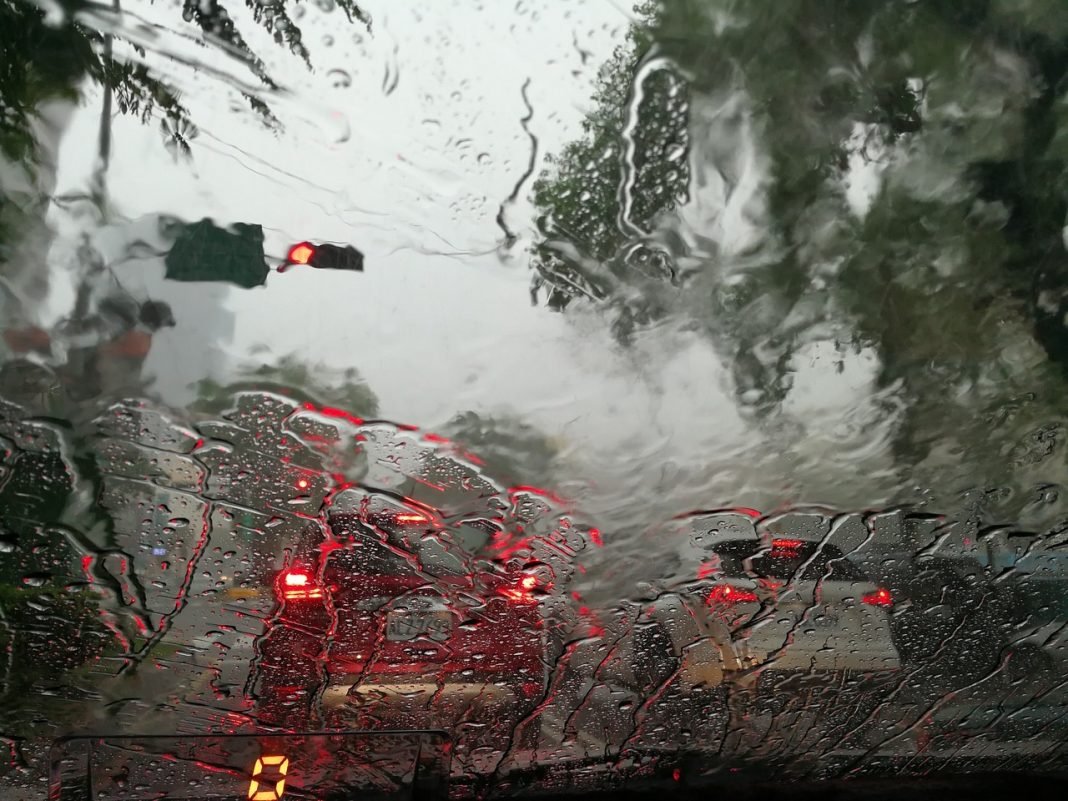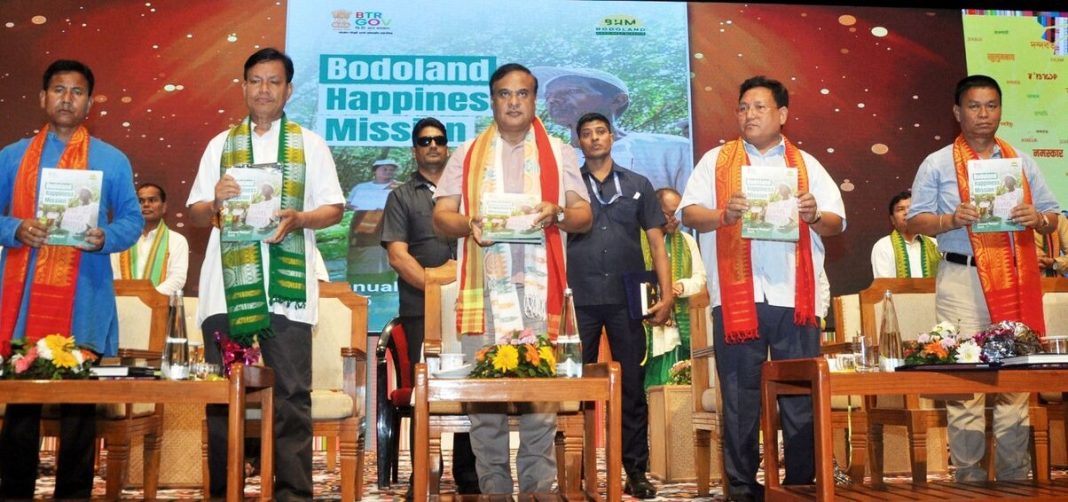West Garo Hills records highest deficit of monsoon rainfall
Shillong, July 6: Despite having the wettest place on earth in it, Meghalaya this year is facing a serious shortfall in monsoon rainfall – to the extent of nearly 80% in some parts of the state.
As per India Meteorological Department (IMD) data, rainfall deficit in Meghalaya during the period from June 1 to July 5 was recorded at 48%. The state received only 453.3 mm of rain compared to normal average of 873.1 mm for the period.

The major shortfall of rain categorises Meghalaya’s condition as “deficient”, which may adversely impact agriculture, water resources, and forest ecosystems across the state.
The state recorded 20.1 mm rainfall on July 5 alone, but the average rainfall for the day is still much higher, 30.7 mm.
East Khasi Hills district with Mawsynram and Sohra (Cherrapunjee), the two rainiest places on earth, recorded 40% deficient rainfall while West Garo Hills district suffered from the highest rainfall deficit of 79%.
The IMD had already forecast severe deficit of monsoon rainfall in the North East this year.
Meghalaya’s neighbour Assam and other states of the region share the same story – Assam (-32%), Arunachal Pradesh (-37%), and Sikkim (-35%).
Deficient rainfall has an impact on the state’s kharif crops, particularly rice, which is highly dependent on consistent monsoon rains. Water tables may also decline, posing risks for both rural drinking water access and hydroelectric power generation.
The rainfall anomaly also raises ecological concerns in a state rich in biodiversity and forest cover. Reduced rain can disturb groundwater recharge, forest growth, and even the unique limestone cave systems of Meghalaya, which rely on stable hydrological cycles.
Meanwhile, a study on rainfall in Ri-Bhoi district by Andy TG Lyngdoh and Subrata Purkayastha of NEHU suggests an erratic rainfall pattern in the highland and lowland zones of the district that could impact agriculture and agro-based livelihoods.
In another study on impact of climate change on agriculture production, majority of the respondents reported a noticeable increase in temperature over the past decade.
Around 70% of farmers observed that the temperatures in their areas have been rising, with only a small percentage reporting no change.

“More than 80% of farmers highlighted an increase in rainfall irregularity, with seasons becoming unpredictable. Some experienced excessive rainfall, while others faced droughts, negatively impacting crop yield consistency,” the study revealed.
The study was carried out by Kresphulin Wahlang of Sngap Syiem College, Mawkyrwat and a research scholar of Martin Luther Christian University, Shillong.
Most respondents noted a decrease in agricultural yields over the past five years, with rice and maize being the most affected crops. Around 85 per cent of farmers reported a significant reduction in rice yields due to delayed rainfall and inconsistent precipitation patterns.
“Nearly 86 per cent of respondents observed greater variability in crop yields, with some years showing lower yields due to droughts, while others saw losses from waterlogging due to excessive rainfall”, the study found.

The study revealed that around 75% of respondents reported a decline in the yield of rice due to excessive rainfall, followed by 71% citing crop damage due to erratic rainfall, and 70% of potato growers reported yield losses due to fluctuating weather conditions.
It suggested the farmers to adopt drought-resistant and climate-resilient crop varieties such as hybrid rice, maize, and millet that are better suited to fluctuating rainfall patterns.




